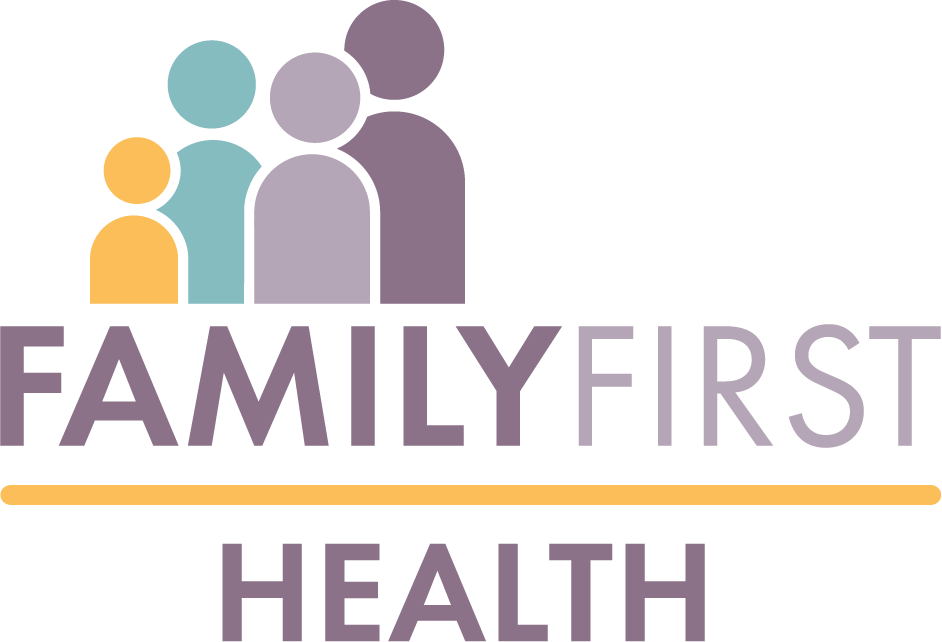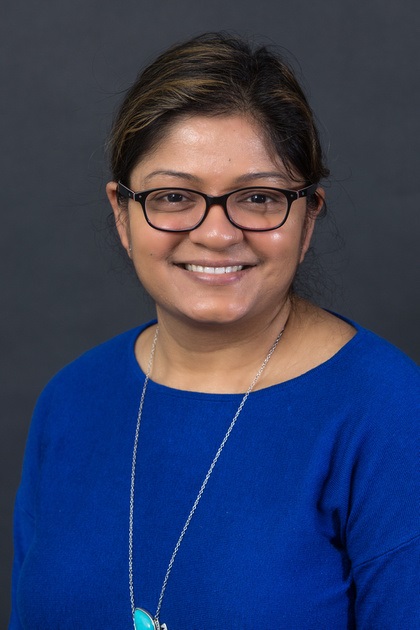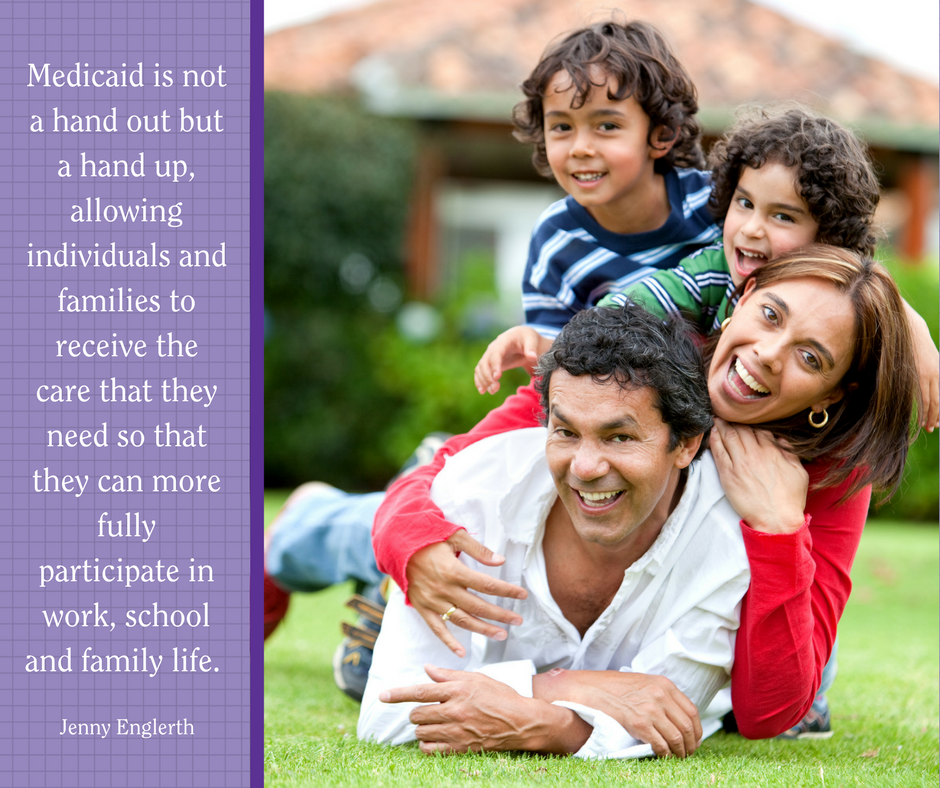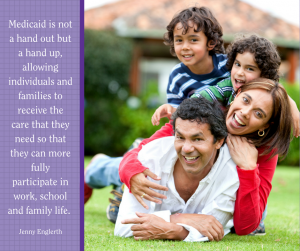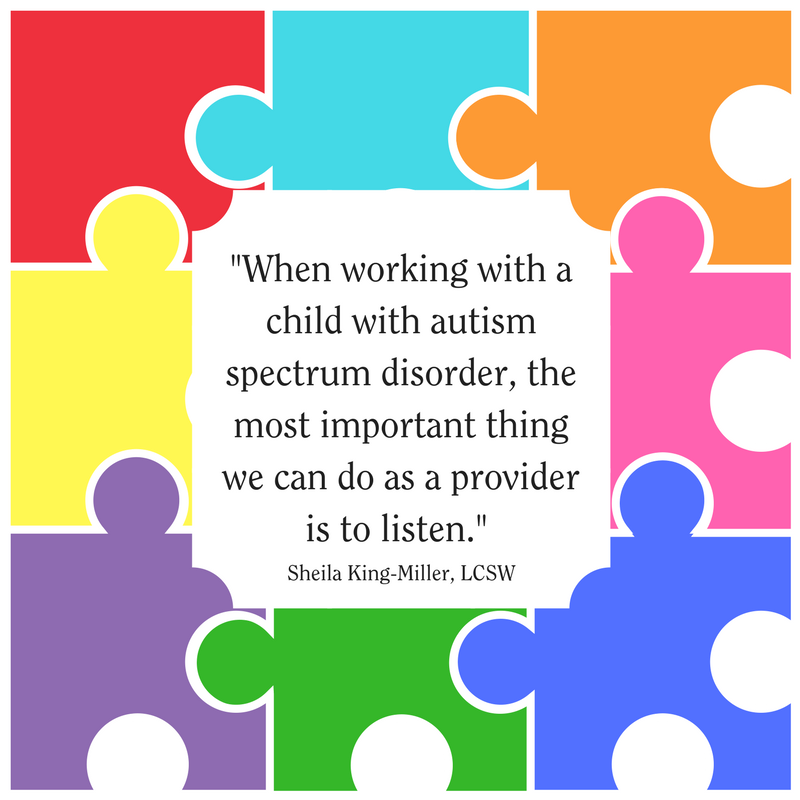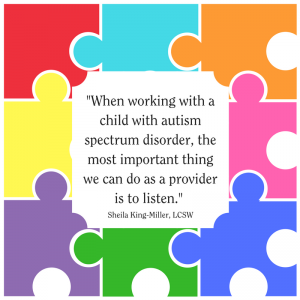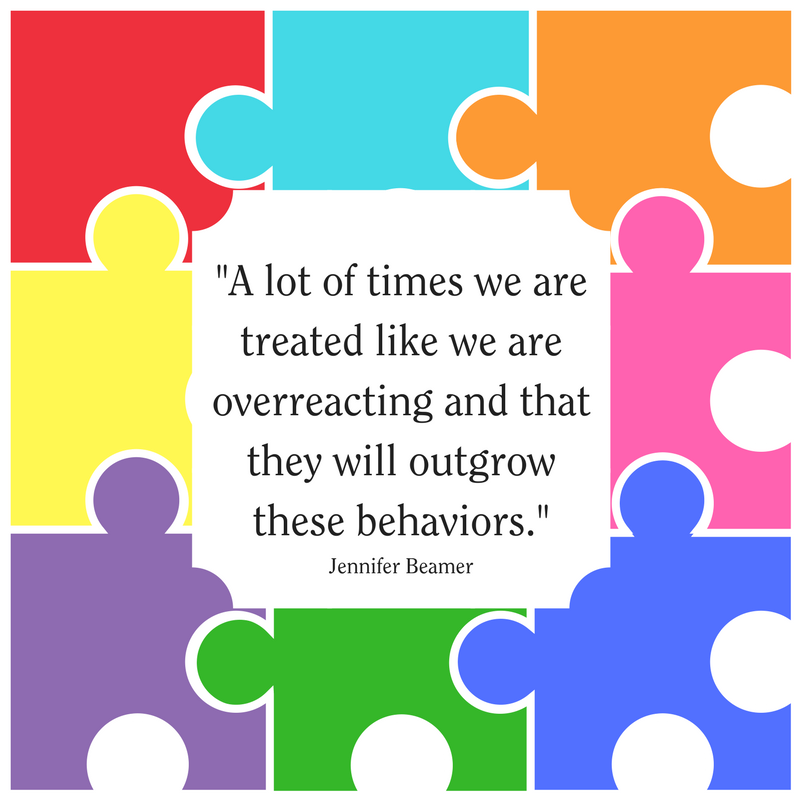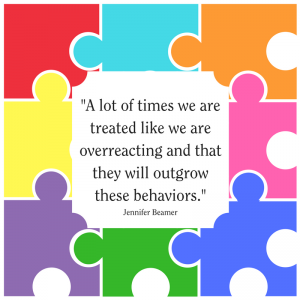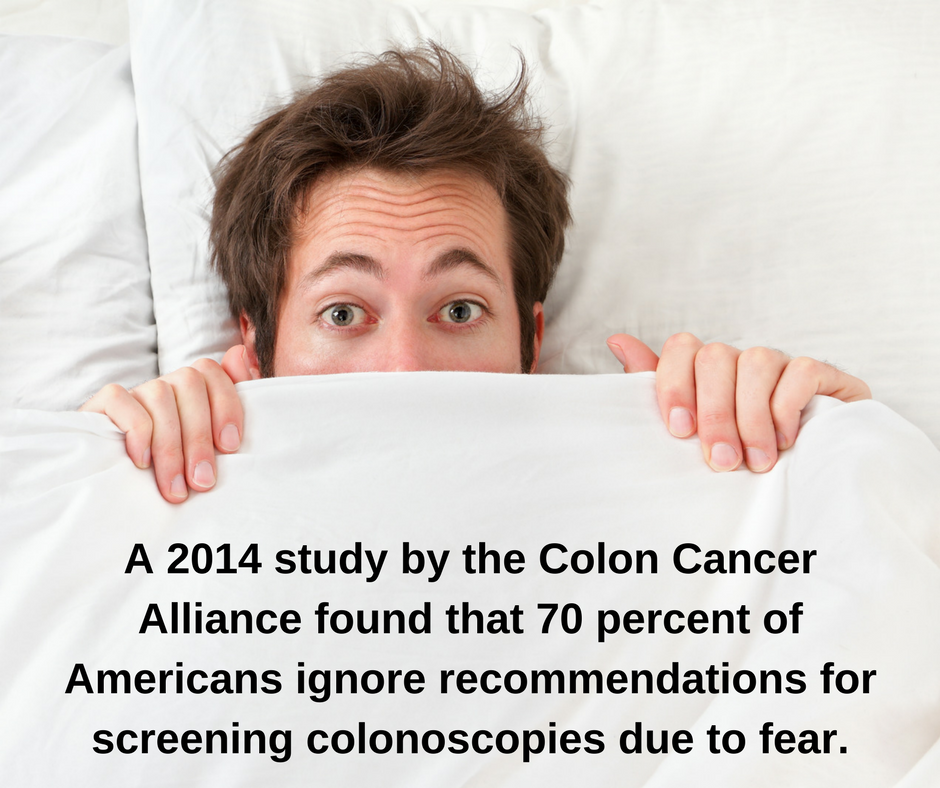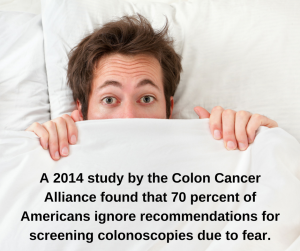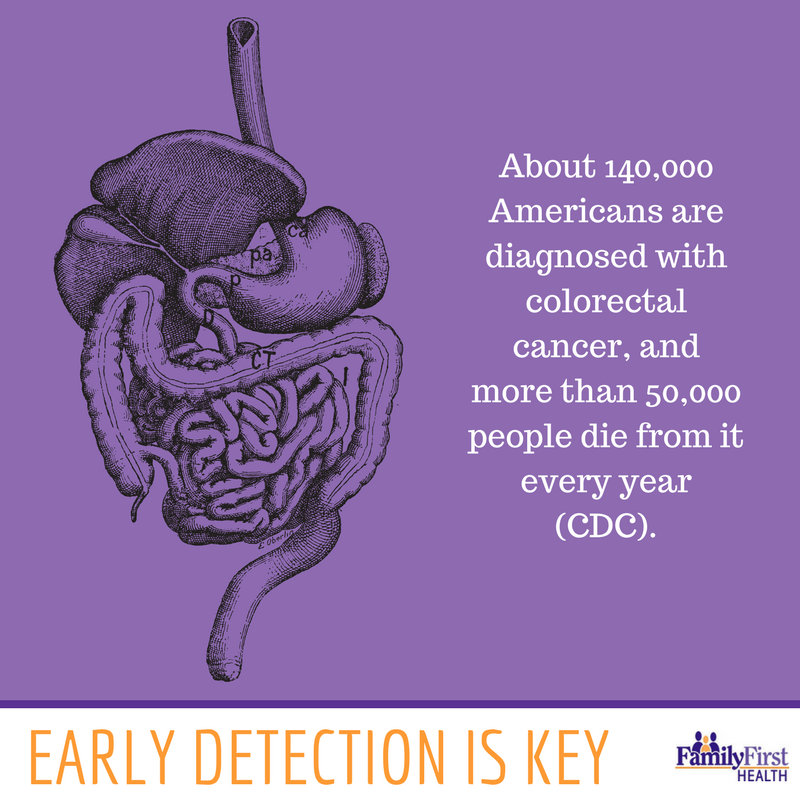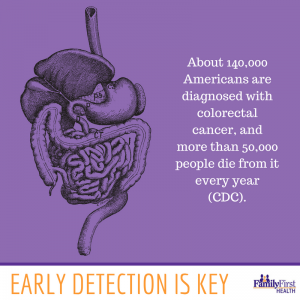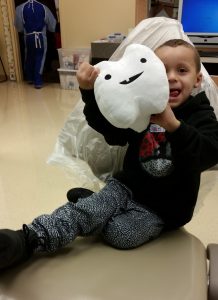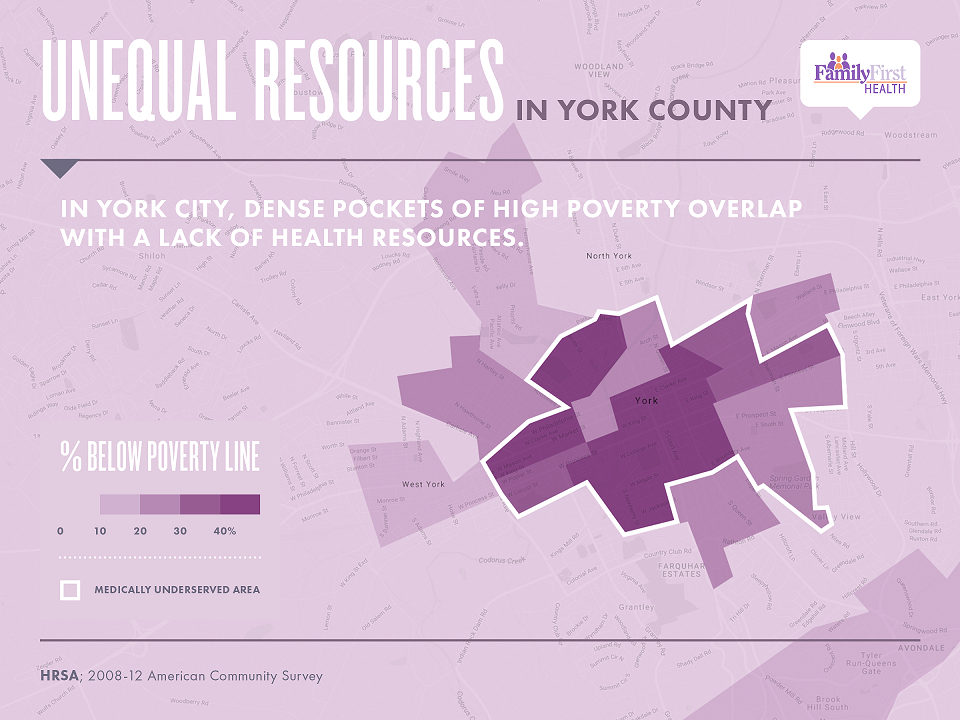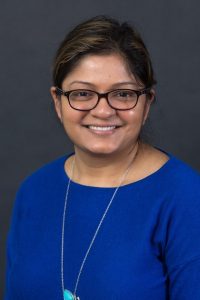
When asked what people would be surprised to know about her, Dr. Hetal Patel answered that she never had a pair of shoes until she was seven years old. This was not at all unusual in the small village in India where she grew up but gives a glimpse into why she felt the push to go into a career in healthcare. She shared that in India, healthcare options are at a minimum. The smallest portion of India’s healthcare sector is in medical services and most healthcare expenses are paid out of pocket by patients and their families. It was the drive to help people that lead Dr. Patel to become a physician.
Dr. Patel joined Family First Health in December of 2016 and it was clear to her why Family First Health was the right choice. “Out of all primary care practices, we can do the most for our patients,” she stated. Dr. Patel always wanted to practice in a medically underserved community and feels that the resources we have access to can help meet the needs of our patients.
When asked if there was a particular area of medicine that she’s interested in, she laughed and said, “I love diabetes.” She went on to say that she enjoys meeting new patients every day and seeing different worlds in each appointment, which makes perfect sense because of her love of travel. Dr. Patel has done several medial mission trips, including trips to India and Ethiopia. In her spare time she enjoys bringing friends together and being crafty.
Dr. Patel received her Bachelor of Science in Biology and Doctor of Medicine degree from the University of Maryland in Baltimore. She completed her Family Medicine Residency at University Hospitals Case Medical Center in Cleveland, Ohio and a Preventive Medicine Residency at Oregon Health and Sciences University. In addition, Dr. Patel has a Master’s degree in Public Health in Health Management and Policy from Portland State University.
